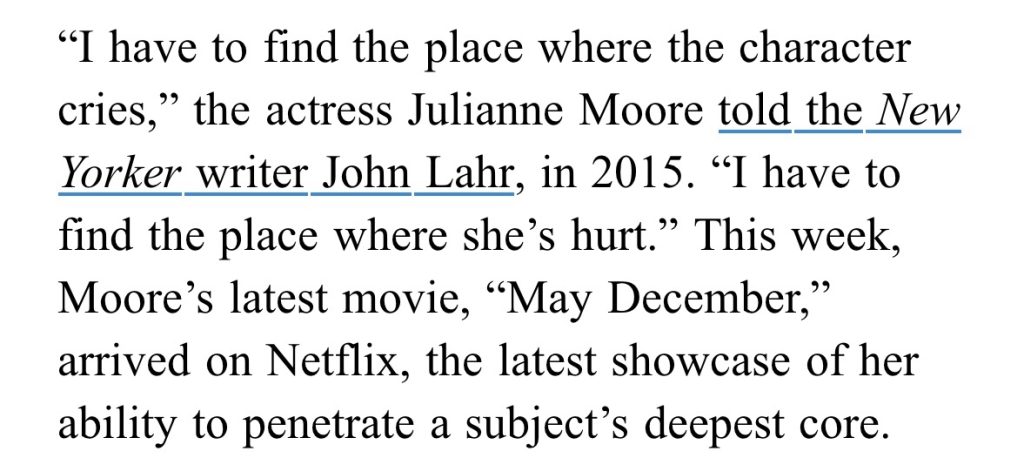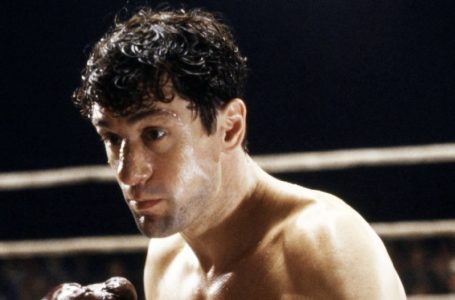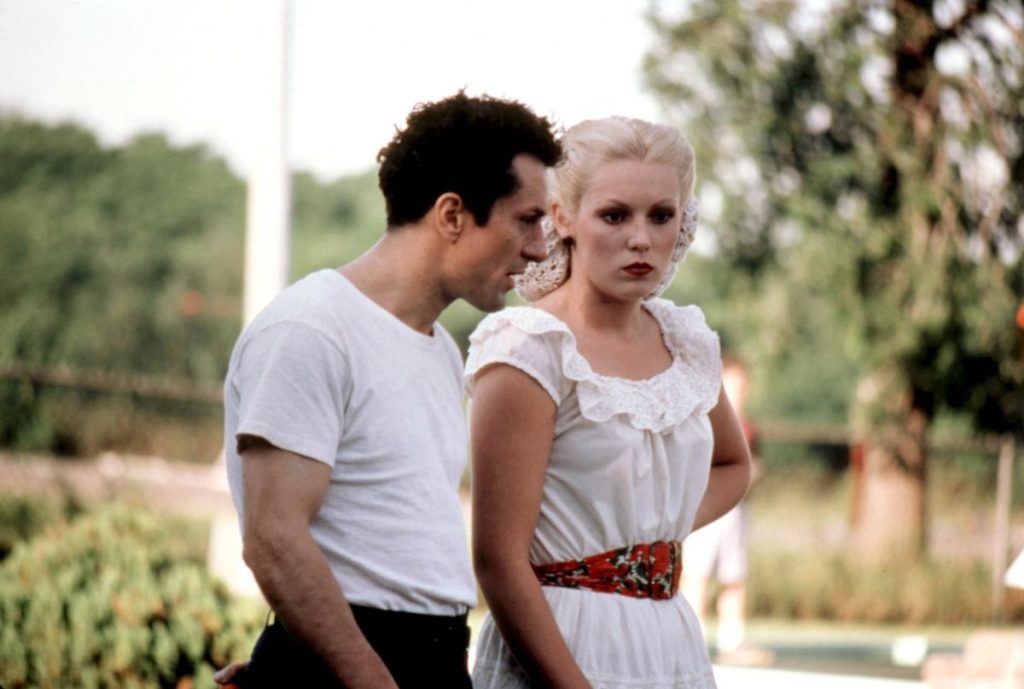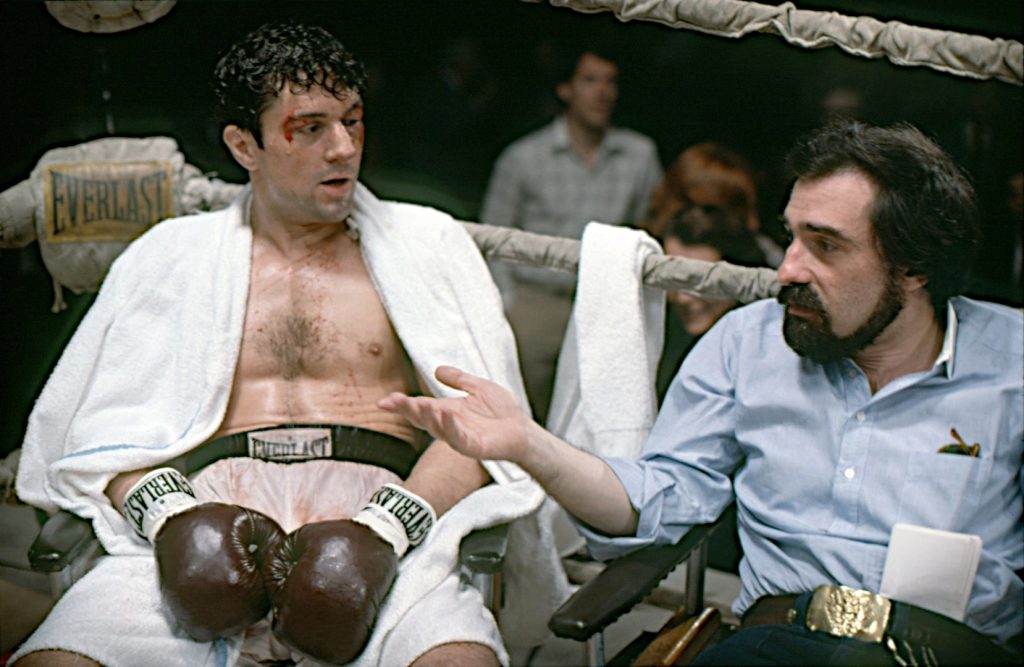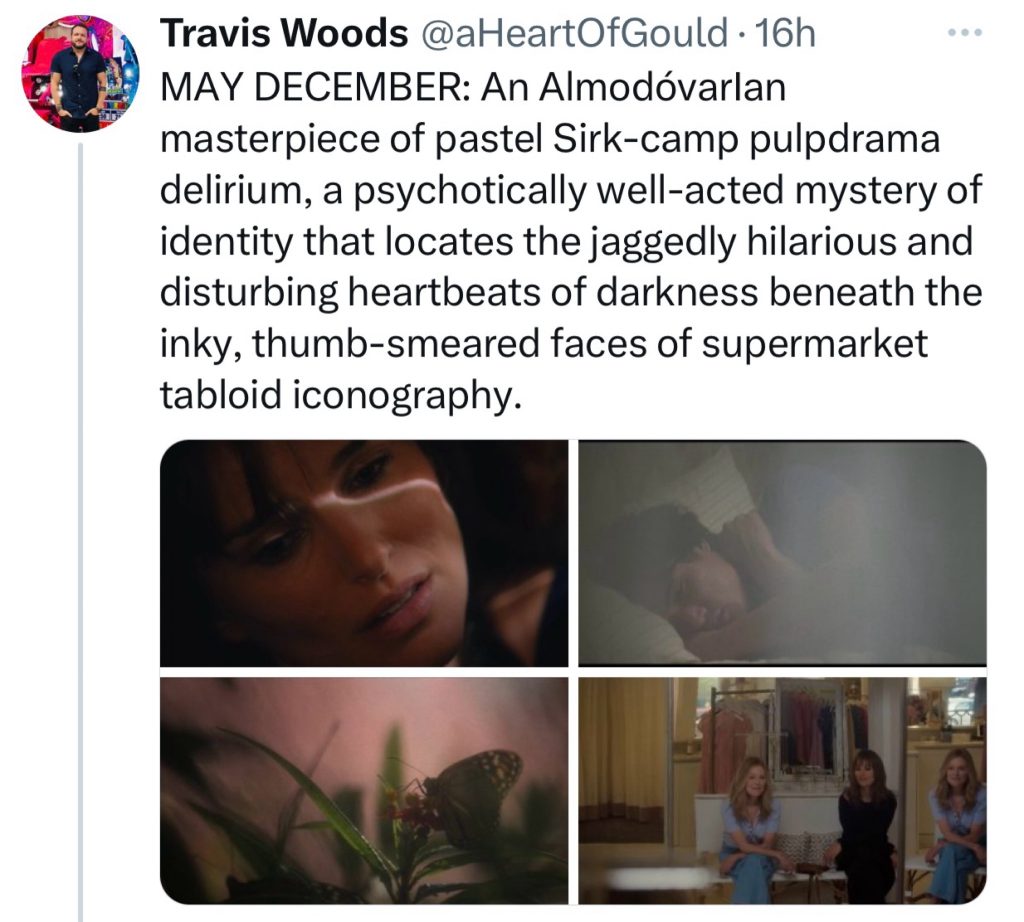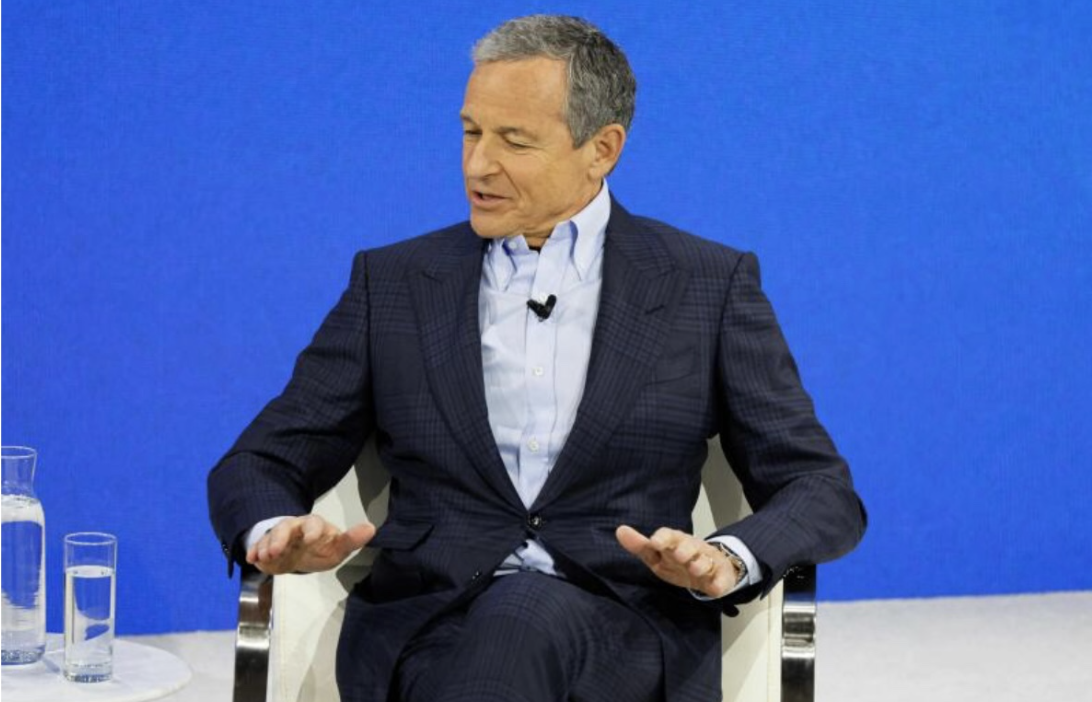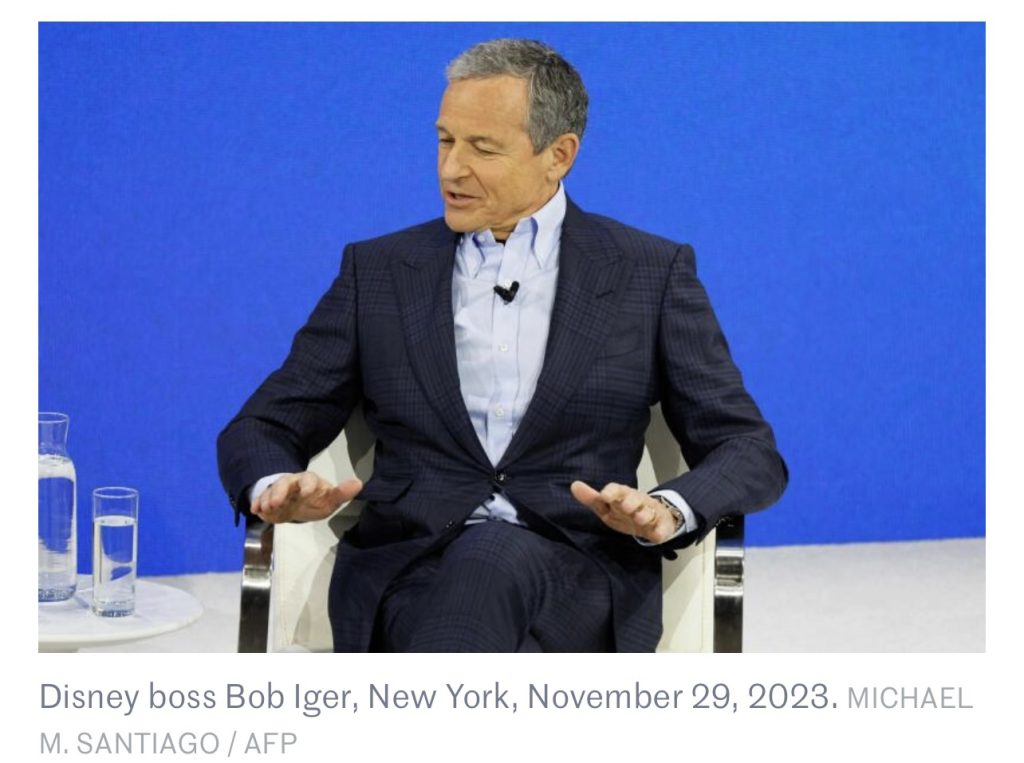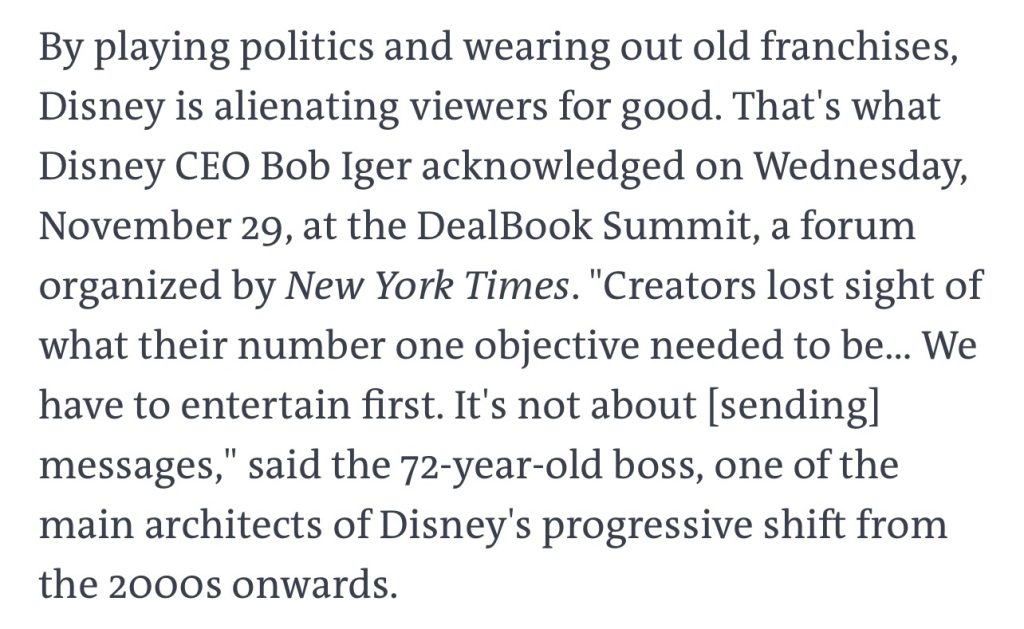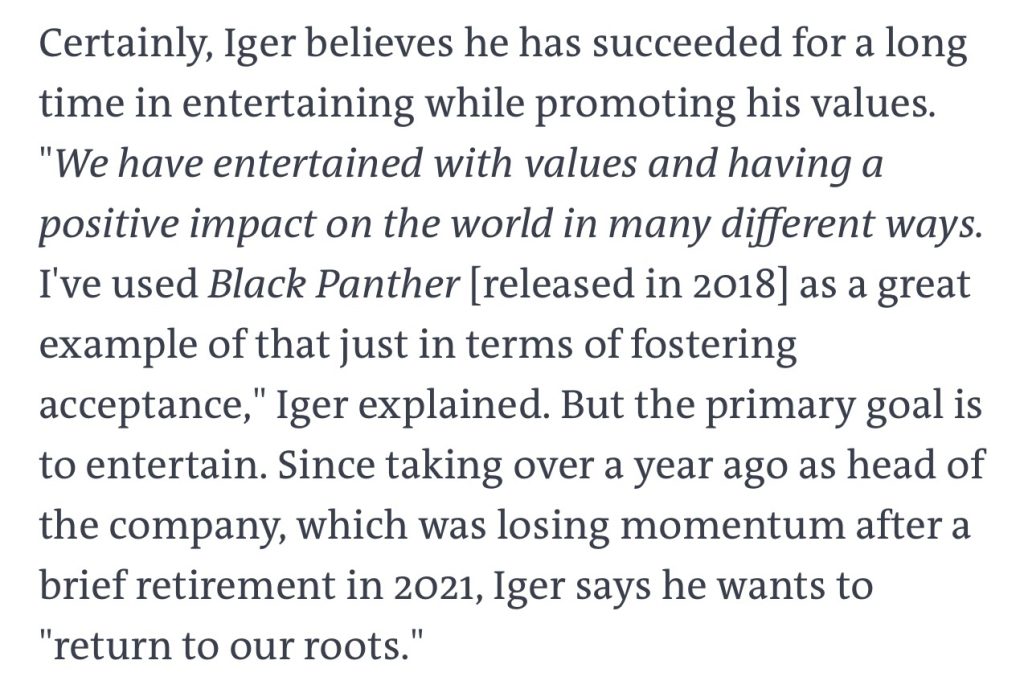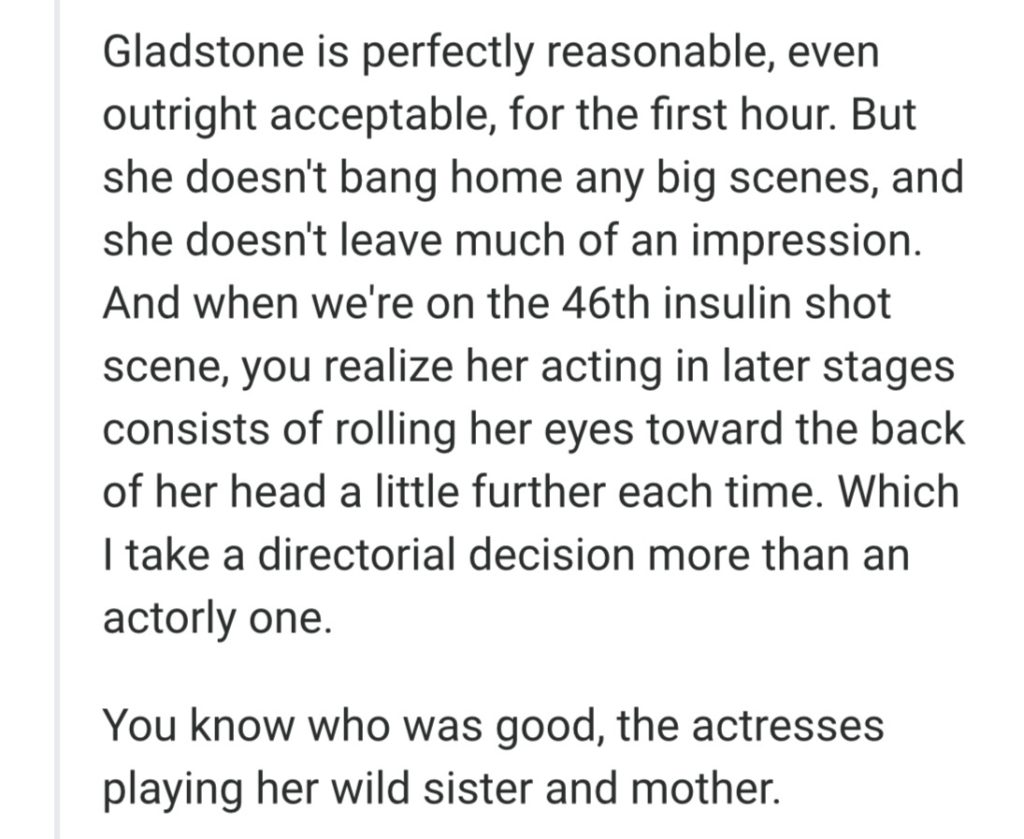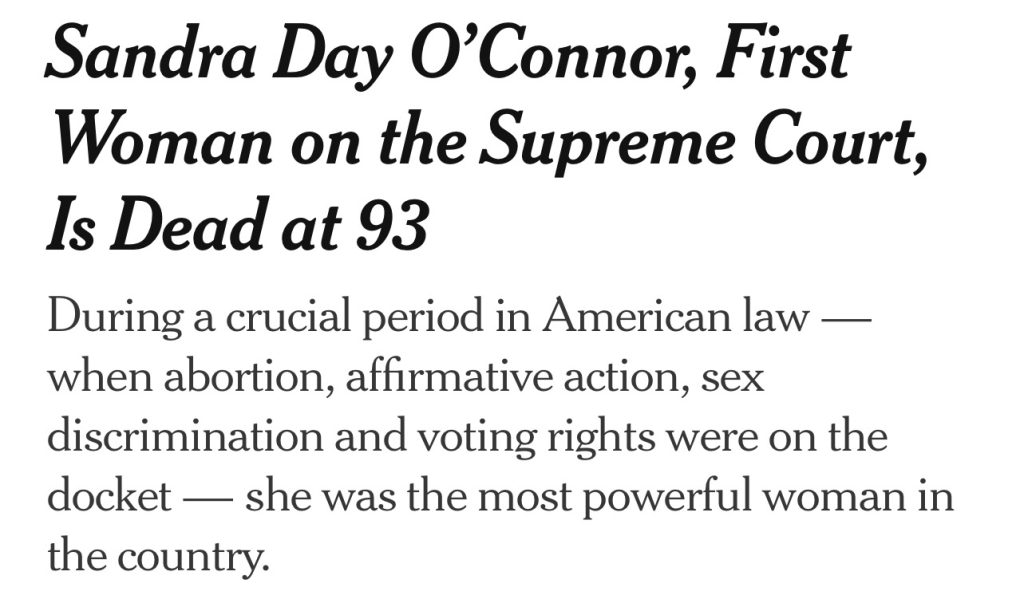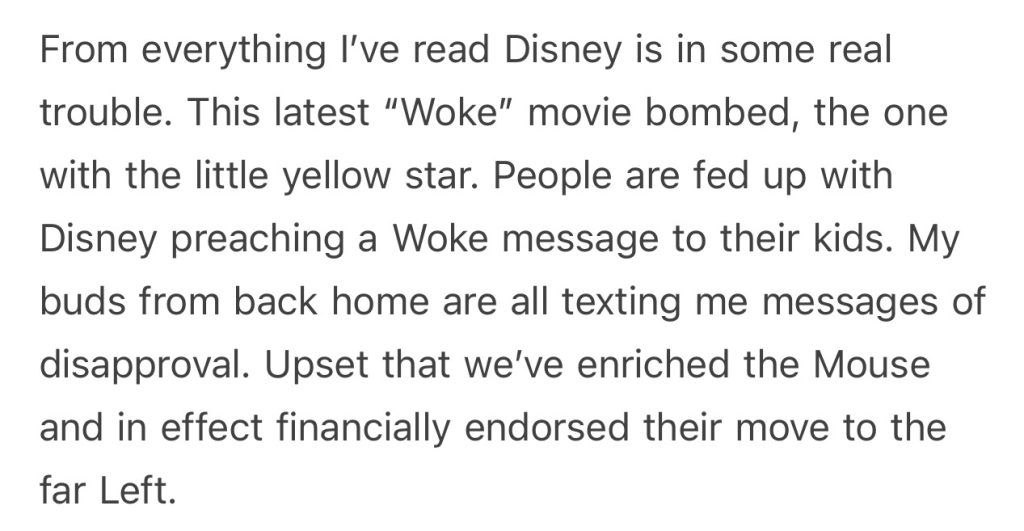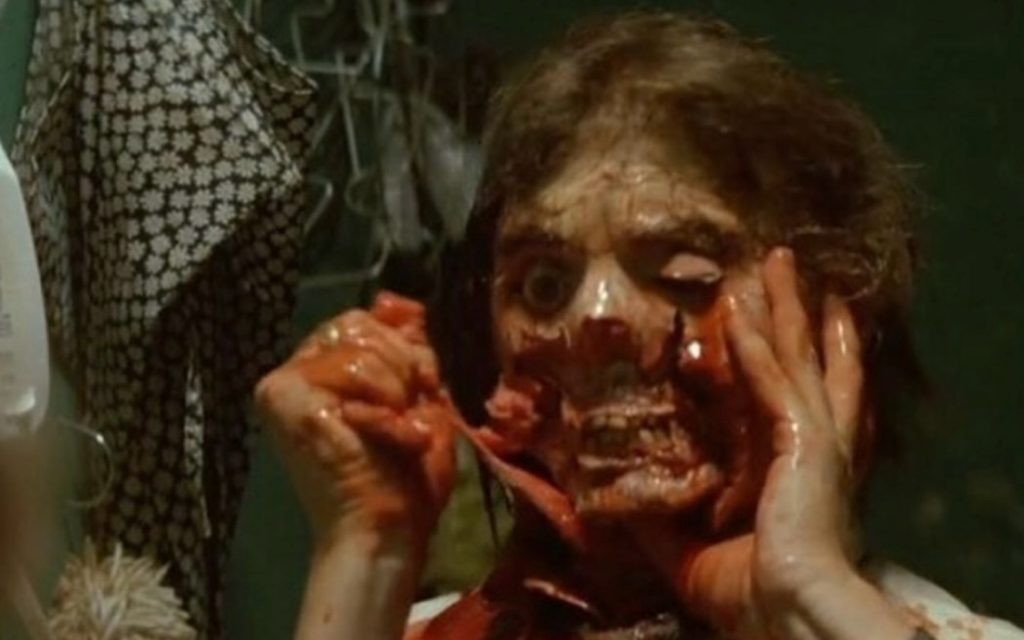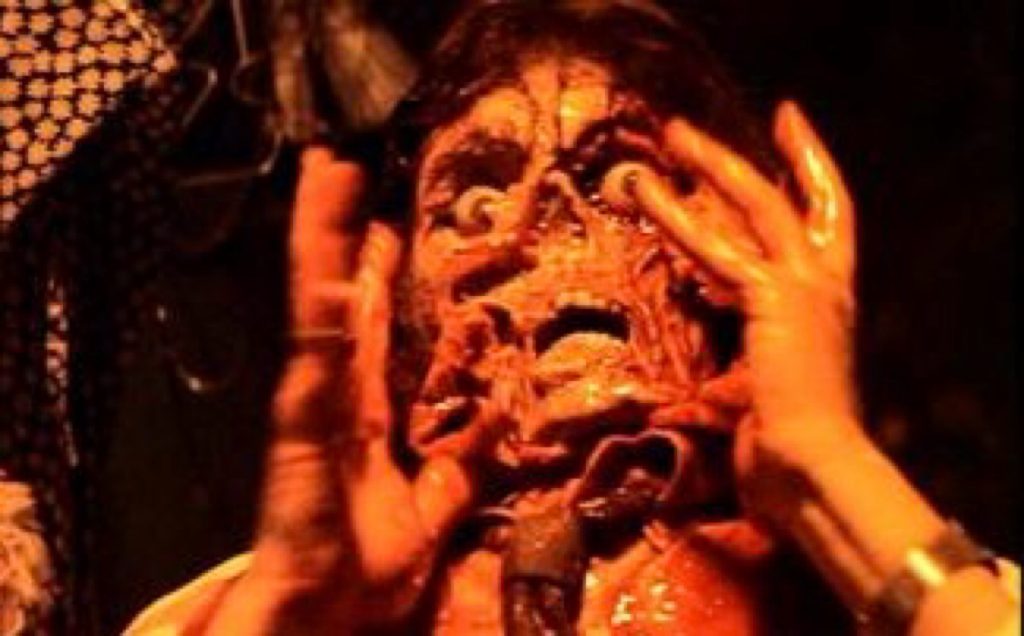Killers of the Flower Moon‘s Lily Gladstone, whose performance as Mollie Burkhart is basically a supporting role (i.e., a victim who does nothing to defend or save herself from predatory Oklahoma beasties), recently won Best Actress trophies from the Gotham Awards and the New York Film Critics Circle.
Her performance is admired in some corners, yes, but Mollie Burkhart was written by Eric Roth and Martin Scorsese in a very minimalist fashion, and there is very little risked or revealed on Lily’s part as an actress. There isn’t a single scene in which she goes hard or raises the room temperature or pours out her soul.
People seethe when I say this, but somebody has to cut through the crap: Gladstone won this week because of her ethnic identity (having been raised within Montana’s Blackfeet community and playing an Osage native) and because the woke mob has decided that it would be a fitting paleface apology gesture for a Native American actor to win a major Oscar. No amount of denial and tap-dancing will change what everyone knows and relatively few will admit.
If Lily was running a Best Supporting Actress campaign, she’d have it totally in the bag and I wouldn’t say boo. Because that’s the category that suits her performance, and the scope of her role.
The year’s finest Best Actress-level performances have been given by Maestro’s Carey Mulligan and Poor Things’ Emma Stone. These are serious knock-out performances…obviously…c’mon.
Non-white identity has been a pervasive award-season motivator (i.e., the support for this is commonly known as virtue signalling) since the woke mentality began to spread and take hold on a checklist basis in the mid teens. Non-white directors and actors have enjoyed elevated status for six or seven years.
This is the wave that Gladstone’s campaign is surfing upon, and why many under-45 SAG-AFTRA members and New Academy Kidz are planning on voting for her, despite her low-key, “good enough but no great shakes” performance as a wealthy Osage native whose family members are murdered by greedy white guys (oil money), and who is herself nearly killed.
The key element is that a Native American winning a Best Actress Oscar would be a first-time-ever thing and a kind of holy milestone in many voters’ eyes.
“New Academy Kidz Aren’t Concerned With ‘Whole Equation‘”, posted on 1.24.18:
“Vulture‘s Kyle Buchanan, Stacey Wilson Hunt and Chris Lee have posted a piece about the views and attitudes of the Academy’s new voters, all of whom were invited to join the Academy over the last two years and who constitute roughly 17% or 18% of the present membership. Of the 14 members interviewed, more than half were women and more than a third were people of color.
“I for one found it surprising if not shocking that the biggest concerns of the New Academy Kidz appear to be representation, representation and….uhhm, oh, yes…representation.
“Consider a quote from HE reader “filmklassik:
“’In this particular cultural moment it is all about Tribal Identity. And what’s disturbing is, we have a whole generation now for whom Tribal representation is, to use one critic’s word, numinous. The under-40 crowd has invested Race, Gender and Sexuality with a kind of cosmic significance.
“It doesn’t mean a lot to them — it means everything to them. Indeed, much of their conversation and writing seems to always come back to it.”
Read more




